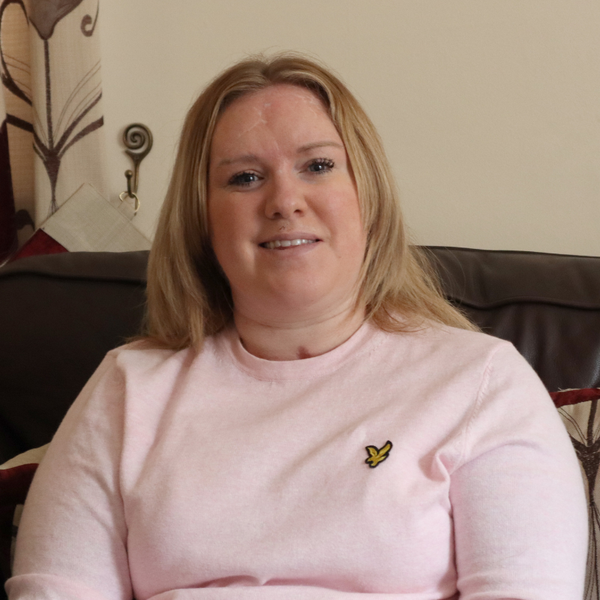Addenbrooke's is spearheading new guidelines on how to manage a patient's body temperature after a life-threatening stroke or bleeding in the brain - to help improve recovery.

Together we have achieved a significant milestone that will positively impact the care and outcomes of patients affected by life-threatening brain haemorrhage and stroke.
Dr Andrea Lavinio, consultant CUH
The research team is led by Dr Andrea Lavinio, a consultant in the Neuro Critical Care Unit (NCCU) at Cambridge University Hospitals NHS Foundation Trust (CUH).
In a paper published this week (opens in a new tab) in the British Journal of Anaesthesia, the team offers guidance on temperature monitoring and management for brain injury patients who require critical care and highlights the benefits of maintaining the right body temperature to prevent further damage to the brain.
The aim is to improve the overall standard of care for patients with life-threatening brain injuries.
These guidelines have been endorsed by the Neuro Anaesthesia and Critical Care Society (NACCS) and provide healthcare professionals with clear and up-to-date guidelines.
Dr Andrea Lavinio said:
"I am privileged to have been part of the process of developing these important guidelines and thankful for the collaboration and support we received throughout this endeavour from a team of dedicated professionals and experts in the field, and the Neuroanaesthesia and Critical Care Society (NACCS).
"CUH and NCCU remain committed to clinical research and to further enhancing the quality of care in the field of neurocritical care."

Temperature control
Temperature control plays a pivotal role in treating brain injuries as it profoundly affects various physiological processes.
Proper regulation of body temperature can mitigate secondary brain injury, reduce inflammation, and create optimal conditions for brain healing.
Deviations from the normal temperature range can exacerbate the initial injury's damage, highlighting the significance of effective temperature management.
The guidelines outlined in the paper recommends continuous monitoring of core temperature and maintenance between 36.0 and 37.5°C, utilising automated feedback-controlled devices whenever possible, for patients admitted to critical care following intracerebral haemorrhage (ICH), subarachnoid haemorrhage (SAH), or acute ischaemic stroke (AIS).
Timely initiation of targeted temperature management (TTM) within one hour of identifying fever and its maintenance for as long as the brain remains at risk of secondary injury are strongly advocated.
Neuro Critical Care Unit at CUH
As the region's major trauma centre, the Neuro Critical Care Unit at CUH provides life-saving emergency care to individuals with severe head injuries, strokes, and brain bleeding.
The dedicated 27-bed unit offers specialised treatment for patients with acute brain injuries, regardless of the underlying cause, as well as those affected by major trauma incidents.
At the forefront of clinical research, the NCCU strives to identify and influence innovative treatments for acute brain injuries.
By integrating research findings with patient care, the unit develops management protocols founded on scientific evidence, leading to substantial improvements in brain injury outcome and related conditions.
This holistic approach ensures that advancements in brain injury treatment are effectively translated into real-world practice.
Link to the paper: https://www.bjanaesthesia.org.uk/article/S0007-0912(23)00205-2/fulltext (opens in a new tab)


